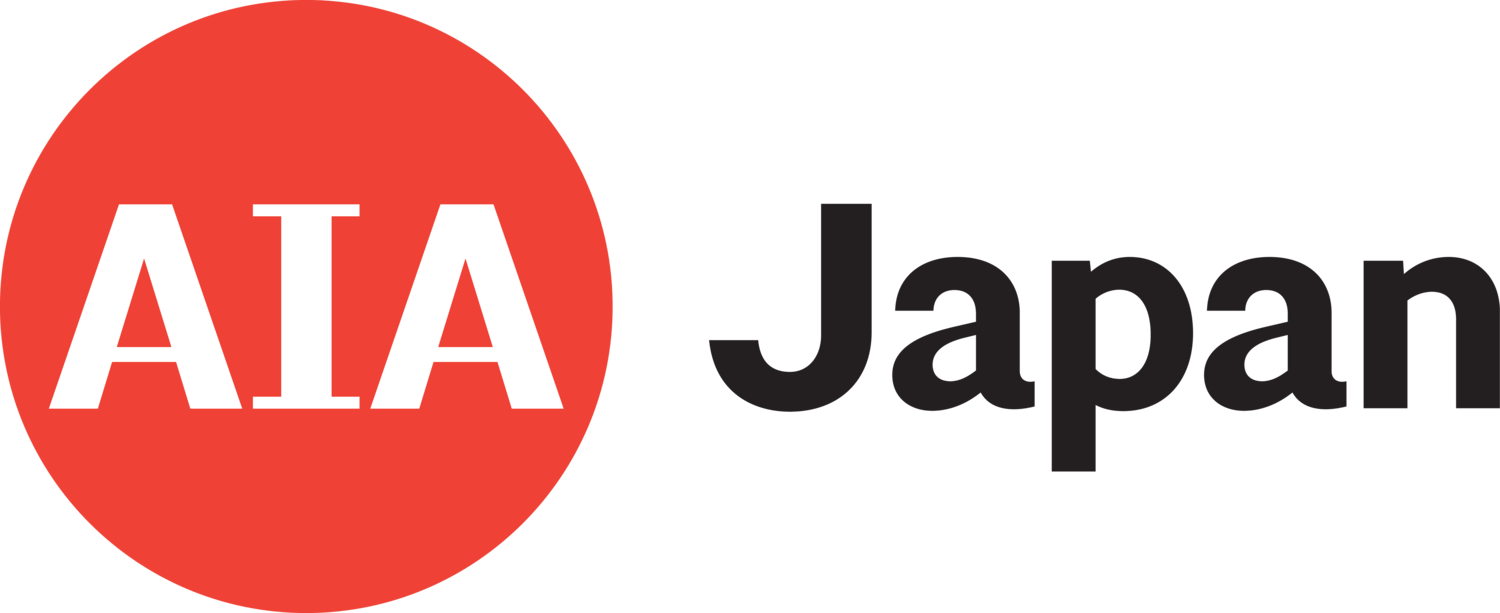
online lecture: Innovation and Relevance in Work – Practice and Research
brian lee (som)
saturday, October 24, 2020 @11:00 JST
SUMMARY:
For SOM’s design practice to sustain the highest standard of excellence for over 80 years, there was and continues to be a shared culture based on a guiding vison – that innovation and relevance frames the work toward a better future. It is not enough to service clients and be satisfied with the status quo. Our profession must lead with addressing the issues of performance and sustainability, promoting health and wellness, and building equitable communities. We can do it by collaborating and integrating with others outside our discipline, investing in applied research, and dedicating our talents to projects that provide the greatest benefit to all of society. Brian Lee will present his experience as a Design Partner at SOM, leading talented teams in an international practice focused on diverse and impactful buildings. His research initiatives regarding how we live, how we build, and how we imagine the future has informed his design philosophy and process.
Included in the talk will be a presentation of several completed and proposed tall and super tall buildings designed to optimize program, structure, and enclosure, while being sensitive to site and context. The presentation will discuss the effect of wind engineering on building form and structural efficiency as well as the role of tall buildings in the urban setting. Three Chicago libraries, one combined with affordable housing, will show how designs for public institutions, often on severe budgets, are as important as the largest structures of our time. These civic structures promote educational, social, and economic equality in the city.
Research into the home of the future, high density living, and building a sense of community led to significant new thinking about the nature of tall buildings and the city. New materials and construction methods were developed in partnership with scientists and fabricators at a national energy laboratory and demonstrated with a full-sized prototype. Through collaboration with housing developers, contractors, cultural institutions, and health care researchers, SOM’s interdisciplinary design team was able to propose a series of initiatives that explored wellness and what contributes to a healthy environment.
LEARNING OBJECTIVES:
Identify how SOM has developed an acclaimed practice that combines practical solutions for context, program and budgets, with innovative concepts and strategies that exceed client’s expectations.
Explore innovations in tall buildings, showing how the integration of architecture and engineering led to successfully completed, high performance structures, as well as some of the most powerful, unique building blocks in city design.
Compare how small scale civic structures become important social, educational, and cultural hubs in emerging neighborhoods, and can be creatively co-located with another use to fit the needs of the entire community.
Describe explorations into construction and material technology, such as 3D printing, mass timber, and bi-directional energy sources, which became applied research projects for the future of housing and urbanism.
Illustrate tangible strategies for a healthy design that promote a sense of wellness through projects that demanded a more responsive and broad collaboration with developers, builders, engineers, and scientists.
CES:
2.0 LU/HSW


